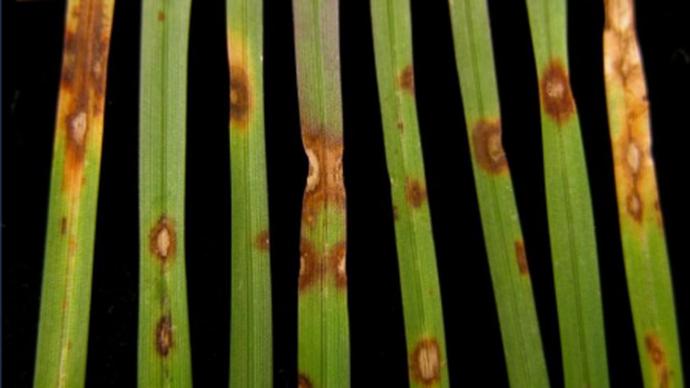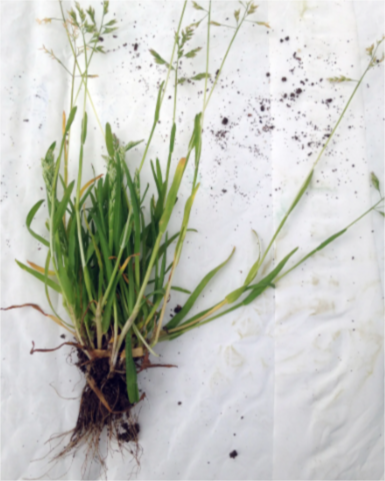Annual Bluegrass
| Annual Bluegrass (Poa annua) grows up to 12 in, thrives in well-drained soil, full sun, moderate moisture, and is edible but not medicinal. |

Habit
Grass
Height
6-12 in
Growth
Fast
Soil
Well Drained
Shade
Full Sun
Moisture
Moderate
Edible
Yes
Medicinal
No
Origin
Europe
Climatic Condition
Temperate
Temperature (°)
10-20
Humidity (%)
50-60%
Potting media
Loamy
Fertilizers
Low Nitrogen Fertilizer
Watering
Regular Watering
Plant Weight
10-20 g
Flowering Time
Spring to Fall
Soil Ph level
6.0-7.0
Water Ph level
6.0-6.5
Soil EC
0.5 dS/m
Yield Per Plant
Low Yield
NPK ratio
10:10:10
life Span
1 yr
Health Benefits
Suggested Grow Media or Potting Mix ?
|
Suggested Fertigation/Fertilizers
|
Common Diseases and Remedies
Leaf Spot, Powdery Mildew, Rust, Aphid Infestation, Root Rot
Brown or black lesions on leaves, White powdery growth on leaves, Reddish or orange pustules on leaves, Distorted leaves and sticky residue, Wilting and stunted growth
Neem oil, Compost tea, improve air circulation, sulfur spray, Neem oil, insecticidal soap, Improve soil drainage.
Copper-based fungicides, Sulfur-based fungicides, Fungicides with propiconazole, Chemical insecticides, Soil-applied fungicides
HEALTH BENEFITS
Annual bluegrass (Poa annua) is a common grass species found in lawns, parks, and fields, known for its green, fine-textured appearance. While it is mostly recognized for its role as a ground cover, there are some health benefits linked to it, especially in traditional or alternative medicine practices. However, it's important to note that annual bluegrass is not typically consumed directly in the way that some other plants are. Here are a few potential benefits:
- Traditional Uses: In some cultures, parts of the grass (such as leaves or extracts) have been used in herbal remedies for conditions like respiratory issues, as it is believed to have mild anti-inflammatory properties.
- Soil Health and Air Quality: By contributing to soil stabilization, reducing erosion, and providing ground cover, bluegrass helps in maintaining a healthy environment, which can indirectly improve air quality and reduce pollutants.
- Rich in Nutrients: Like many grasses, annual bluegrass can offer some nutritional benefits if consumed, although this is rare. It can be high in fiber and certain micronutrients, but it is not commonly eaten by humans.
However, it's worth noting that the grass can also be problematic for some individuals with allergies, as its pollen is a common allergen.
If you're asking from a more practical perspective, annual bluegrass is more widely appreciated for its role in landscape maintenance and its aesthetic benefits rather than direct health advantage

